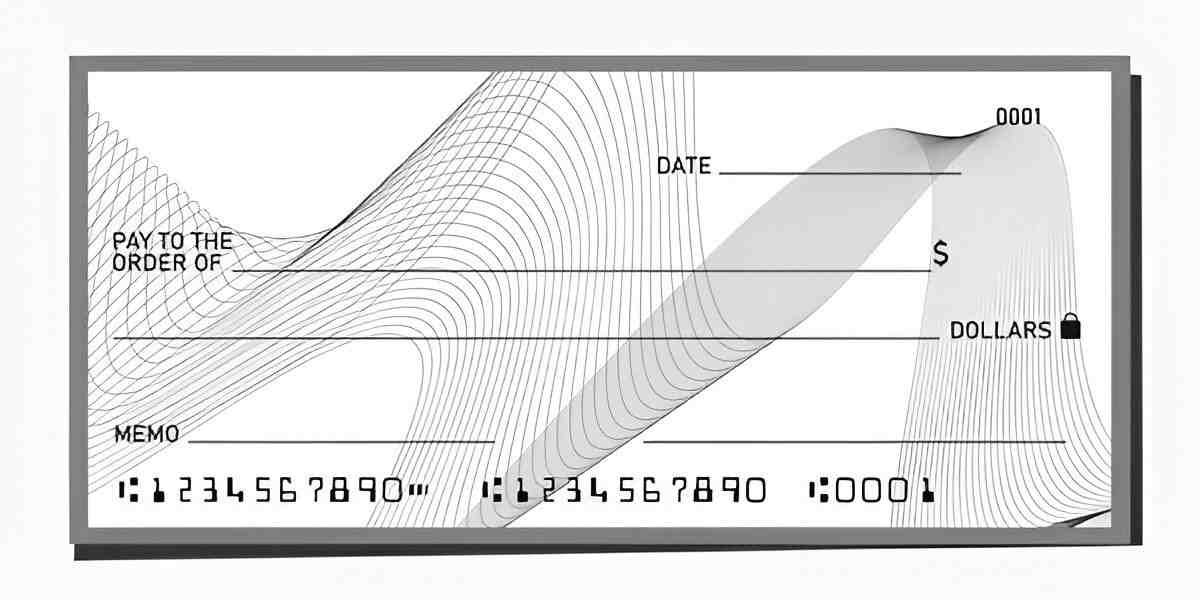A crossed cheque is a type of financial instrument that provides added security and restricts the negotiability of the cheque. This article aims to explain what a crossed cheque is, its significance, and how it is used in financial transactions.
Table of Contents
What is a Crossed Cheque?
Definition
A crossed cheque is a cheque that has two parallel lines drawn across its face, either vertically or diagonally. These lines signify that the cheque can only be deposited directly into a bank account and cannot be immediately cashed over the counter. This security feature helps prevent fraudulent activities and ensures safer transactions.
Key Points
- Security Measure: Crossing a cheque adds a layer of security by restricting its negotiability.
- Bank Deposit Only: A crossed cheque can only be deposited into the payee’s bank account and cannot be cashed directly.
- Types of Crossing: There are two main types of crossing: general crossing and special crossing, each with specific implications.
Importance of Crossed Cheque
Fraud Prevention
Crossing a cheque reduces the risk of fraud because it prevents unauthorized individuals from cashing the cheque at a bank counter. This protection is especially important for larger sums or business transactions.
Payment Assurance
For businesses and individuals receiving payments, crossed cheques provide assurance that funds will be deposited directly into their bank accounts, enhancing financial security and reliability.
Types of Crossing
1. General Crossing
Definition: A cheque with two parallel lines across its face without any additional instructions. It indicates that the cheque should be deposited into the payee’s bank account.
Example: A supplier receives a cheque from a customer with general crossing, ensuring that the payment is securely deposited into their business account.
2. Special Crossing
Definition: A cheque with the addition of the name of a specific bank between the crossing lines. It instructs the collecting bank to deposit the cheque only into the account of the named bank.
Example: An organization issues a cheque to a supplier with special crossing to ensure that the payment is processed through a designated bank account.
How Does a Crossed Cheque Work?
Example Scenario
Scenario: John writes a crossed cheque to his landlord for rent payment. The crossed lines on the cheque ensure that the landlord must deposit the cheque into their bank account rather than cashing it immediately. This protects John’s funds and ensures the transaction is securely processed through banking channels.
Benefits of Using Crossed Cheques
Enhanced Security
Crossed cheques provide protection against theft and unauthorized use, as they require banking processes for payment rather than immediate cash transactions.
Legal Validity
In legal terms, crossing a cheque establishes clear instructions for how the cheque should be processed and deposited, ensuring compliance with banking regulations and procedures.
Challenges in Using Crossed Cheques
Limited Cash Accessibility
One drawback of crossing a cheque is that it limits the payee’s ability to obtain immediate cash from the cheque. This restriction may inconvenience individuals needing quick access to funds.
Awareness and Education
Both issuers and recipients of cheques must be aware of the implications of crossing to avoid confusion or delays in processing payments.
Conclusion
Crossed cheques are an essential tool in financial transactions, providing security and assurance for both issuers and recipients. By understanding the purpose and types of crossing, individuals and businesses can utilize crossed cheques effectively to safeguard payments and enhance financial integrity. As a fundamental aspect of banking practices, crossed cheques contribute to maintaining trust and reliability in monetary transactions, ensuring smooth and secure financial operations in diverse economic environments.





